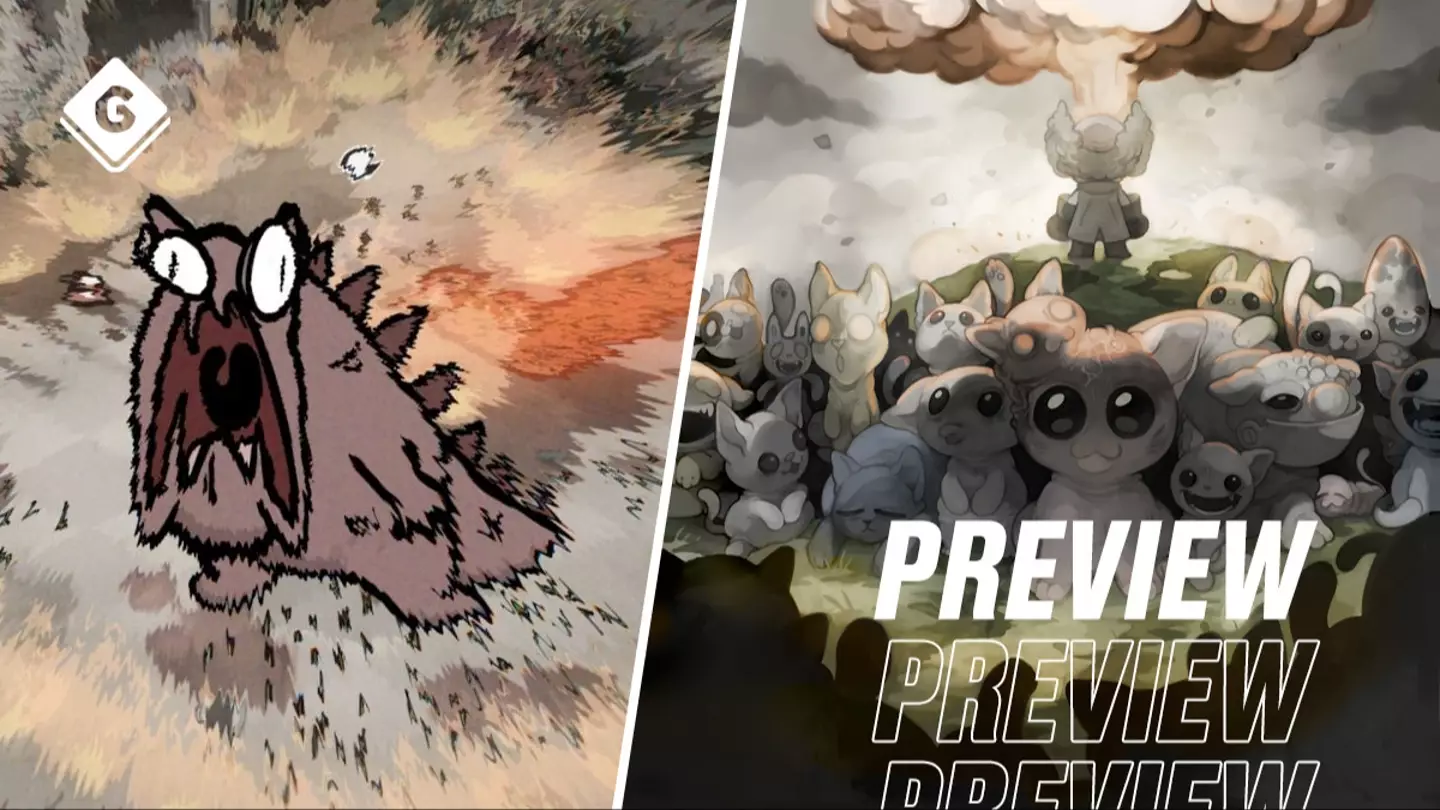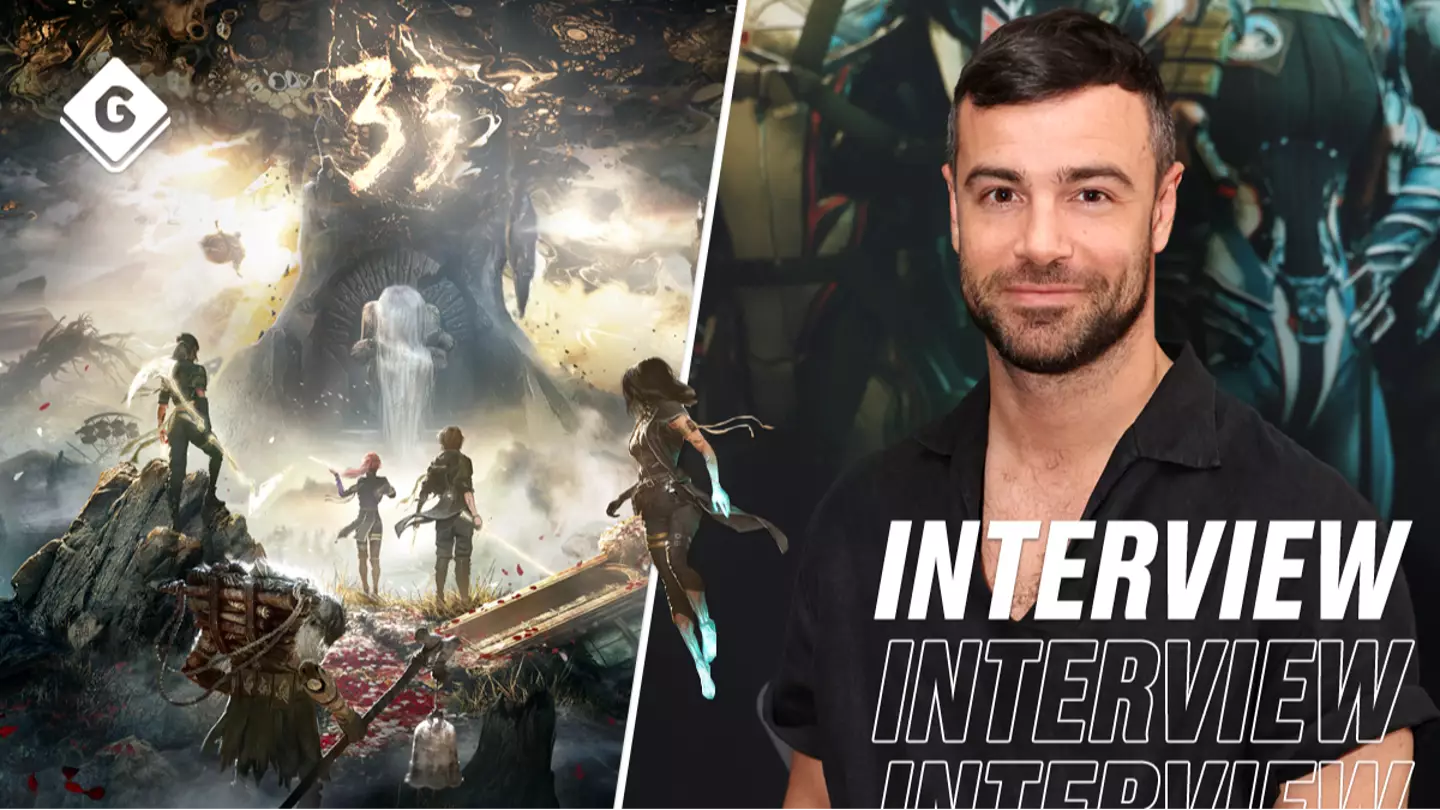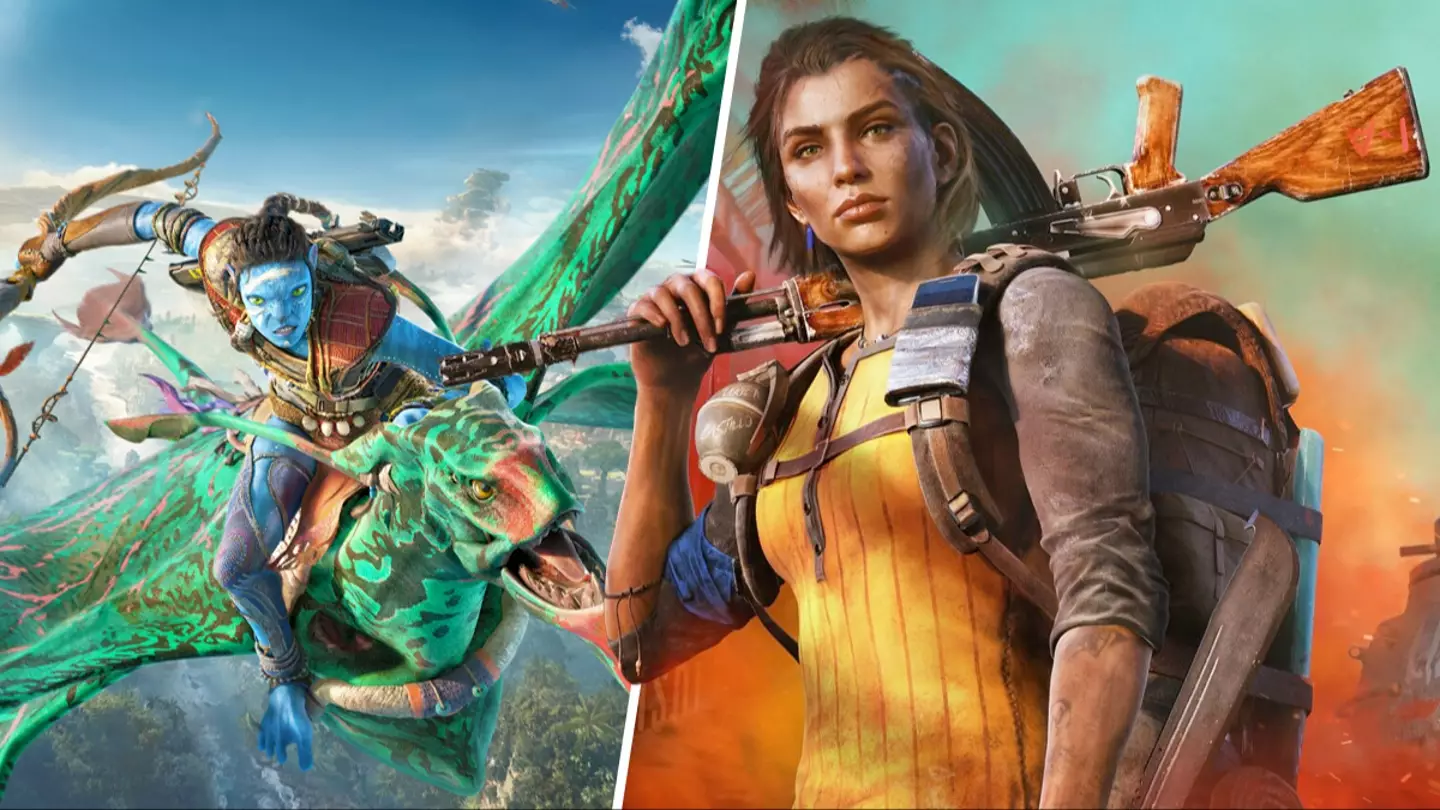Features

Mewgenics has the right cattitude

GAMINGbible sat down with Final Fantasy and Clair Obscur actor, Ben Starr, ahead of the 2025 Game Awards

Valve need to address these sticking points, for the sake of all

Ubisoft is on a roll with these Switch 2 ports